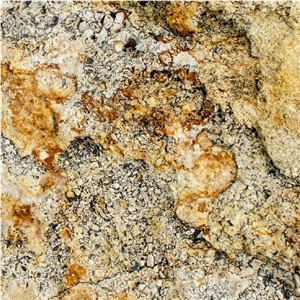
Benson & Associates.ĭescribed as a “space that prioritizes both artist and community needs, striking a balance between public and private,” the design of Oolite Arts’ low-slung, almost bastille-like concrete compound in Little River appears both cloistered and open at once (its accessible to the street on all sides), and less a uniform building, more a cozy configuration of ateliers that together form the “village of artists” described above. project is Miami-based architect of record Charles H. Working alongside Barozzi Veiga on its first built U.S. “And that means finding this balance between a very intimate space, which is represented by the studio, and a space for community life, which is part of Oolite’s DNA.” We try to give the artist the best conditions to work,” explained firm co-founder Fabrizio Barozzi. “We understand architecture as a background for life or work. The campus will include a multi-purpose theater space for lectures and screenings.

In 2021, the firm designed a pair of Artists’ Ateliers for the London Design District. In 2019, it was hired to create a new master plan for the Art Institute of Chicago.īack in Europe, Barozzi Veiga has taken on a slew of high-profile cultural commissions such as Poland’s Mies van der Rohe Award-winning Szczecin Philharmonic Hall (2014), the Jewish Museum of Belgium in Brussels (2020), and a handful of Swiss projects including the Bündner Kunstmuseum Chur (2016), the Musée cantonal des Beaux-Arts Lausanne (2019), and Tanzhaus Zürich (2019). It won’t, however, be the Catalan firm’s first-ever stateside venture. As a result, the organization will reportedly enjoy a 50 percent capacity boost of its residency program.ĭespite the COVID-related setbacks, the Oolite Arts campus will still be Barozzi Veiga’s inaugural completed building in the United States. In total, Oolite Arts will gain over 10,000 square feet in available space, with the new facility spanning 26,850 square feet compared to its current 16,000-square-foot space. As Oolite Arts President and CEO Dennis Scholl described it, the “new space will be a thriving cultural hub where artists can grow and come together with international visitors and neighbors alike.” Core elements are set to include up to 21 gratis individual studios for resident artists along with a large exhibition gallery, theater, classrooms, print studio, organizational office space, community garden, and more. When it debuts, the $30 million space will serve as home to Oolite Arts’ signature artist residency program, cinematic arts programs, lecture series, and more than 200 community art classes.


Oolite Arts has said that the move to mainland Miami, made possible by the offloading of one its Lincoln Road properties for $88 million, will enable it to better expand its programming while reaching new artists and audiences. The chimney-like structures function in part as wind catchers, a traditional architectural element that aids in cross-ventilation and passive cooling. (In 1960, Lincoln Mall emerged from a transformative makeover by MiMo maestro Morris Lapidus as one of the first pedestrian malls in America.) The 2019 announcement of the move from Miami Beach to Miami also came with a name change: previous to early 2019, Oolite Arts was known as ArtCenter/South Florida. When the then-35-year-old Oolite Arts’ move across Biscayne Bay into Miami proper was first announced in March 2019, it signaled a new, more expansive era for the organization, which has maintained a longtime physical presence on Lincoln Road in Miami Beach and is widely credited for helping to usher in the cultural-and later commercial-revitalization of that historic strip after it had fallen into decline in the 1970s and 80s.


 0 kommentar(er)
0 kommentar(er)
